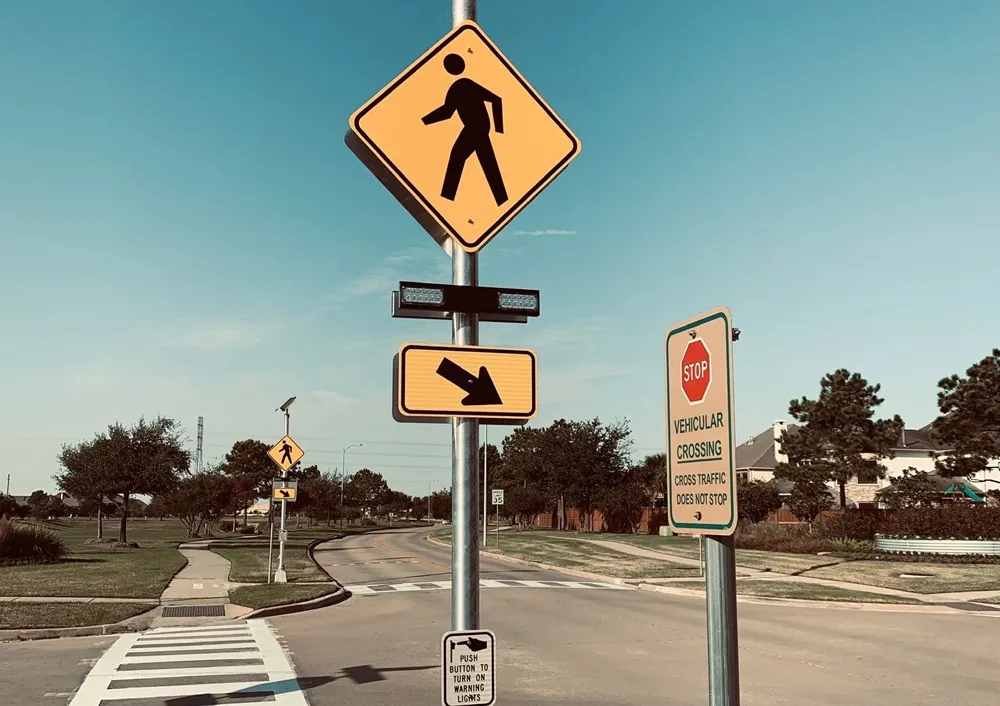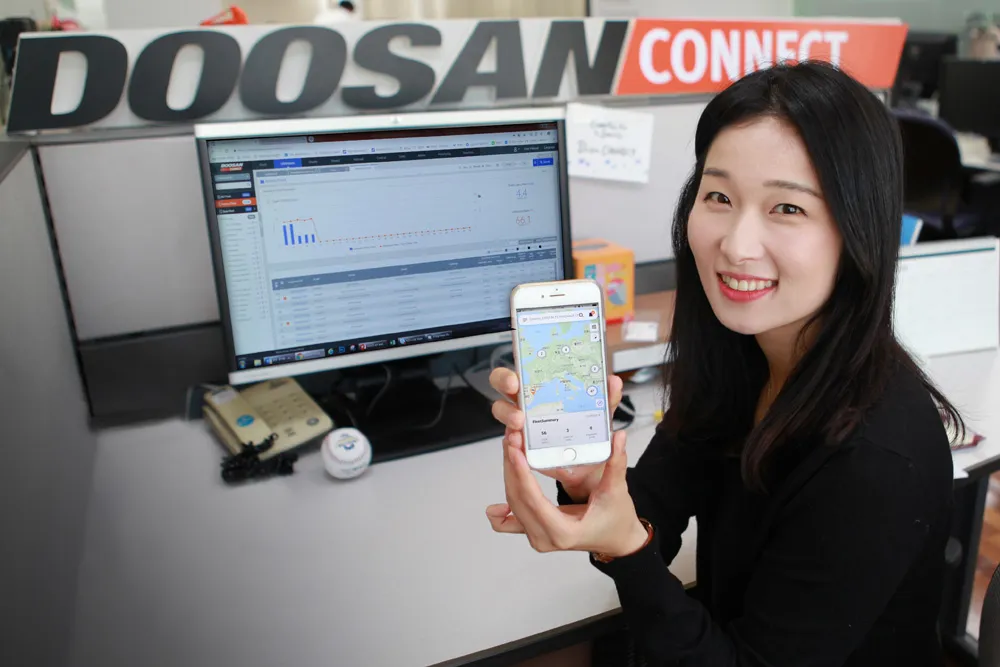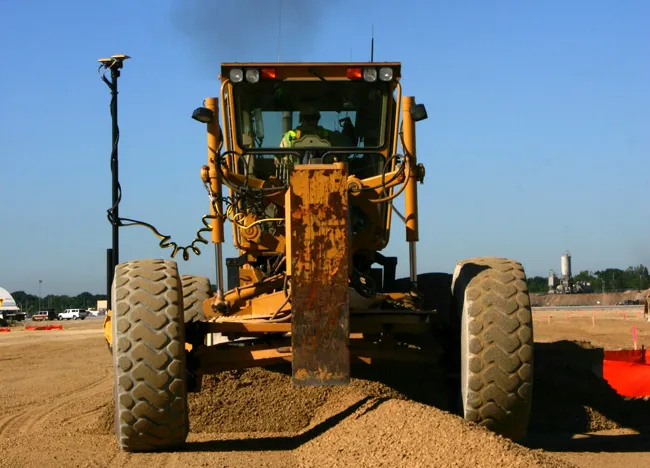
The base configuration features a pedestrian crossing sign with push-button activated flasher, IoT connectivity, knockdown detector, Glance remote monitoring and connection to the TravelSafely smartphone app.Additional features include a configurable message sign and radar-based driver feedback. Multiple units can be connected wirelessly for boulevard and traffic circle deployment. All options may be solar powered.
“Crosswalks should be a safe place for pedestrians, yet more than 500 people are killed each year using them in the US,” said Peter Ashley, vice president of business development for Applied Information, based in the US state of Georgia. “Using a combination of technologies, the crossing creates an active safety zone that engages the pedestrians and drivers to be more alert.”
When the crossing is activated, alerts of approaching motorists are sent to the free TravelSafely smartphone app notifying drivers that pedestrians are in the crosswalk ahead. The crossing’s radar detects if a vehicle is approaching the crosswalk at an unsafe speed and provides an audible warning to pedestrians using the TravelSafely app.
The system also uses over-the-air software updates for uploading multiple flashing lights patterns and configuring the digital message sign.
Applied Information’s pedestrian crossing safety system is part of the Glance Smart City Supervisory System suite of products. These can be monitored and managed from a tablet or smartphone, receive over the air software updates with customisable flashing patterns and report device performance measures.
Applied Information’s Glance Smart City Supervisory platform enables cities to manage all of their traffic and ITS assets on one web-based application. Key product areas are smart traffic signals, school zone flashing beacons, emergency vehicle preemption, transit and freight priority and ITS systems. The company’s free TravelSafely smartphone app connects drivers, cyclists and pedestrians to the transportation infrastructure for a safer mobility experience. The app is available from the Apple App Store and Google Play.








